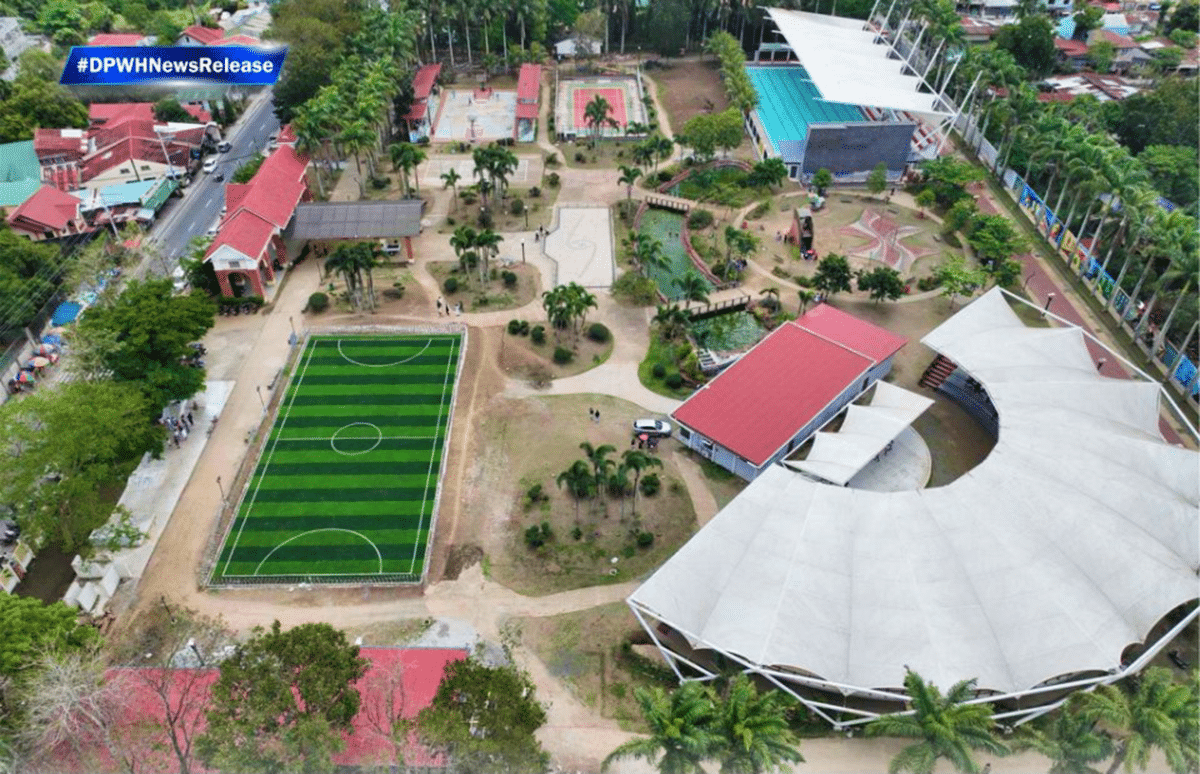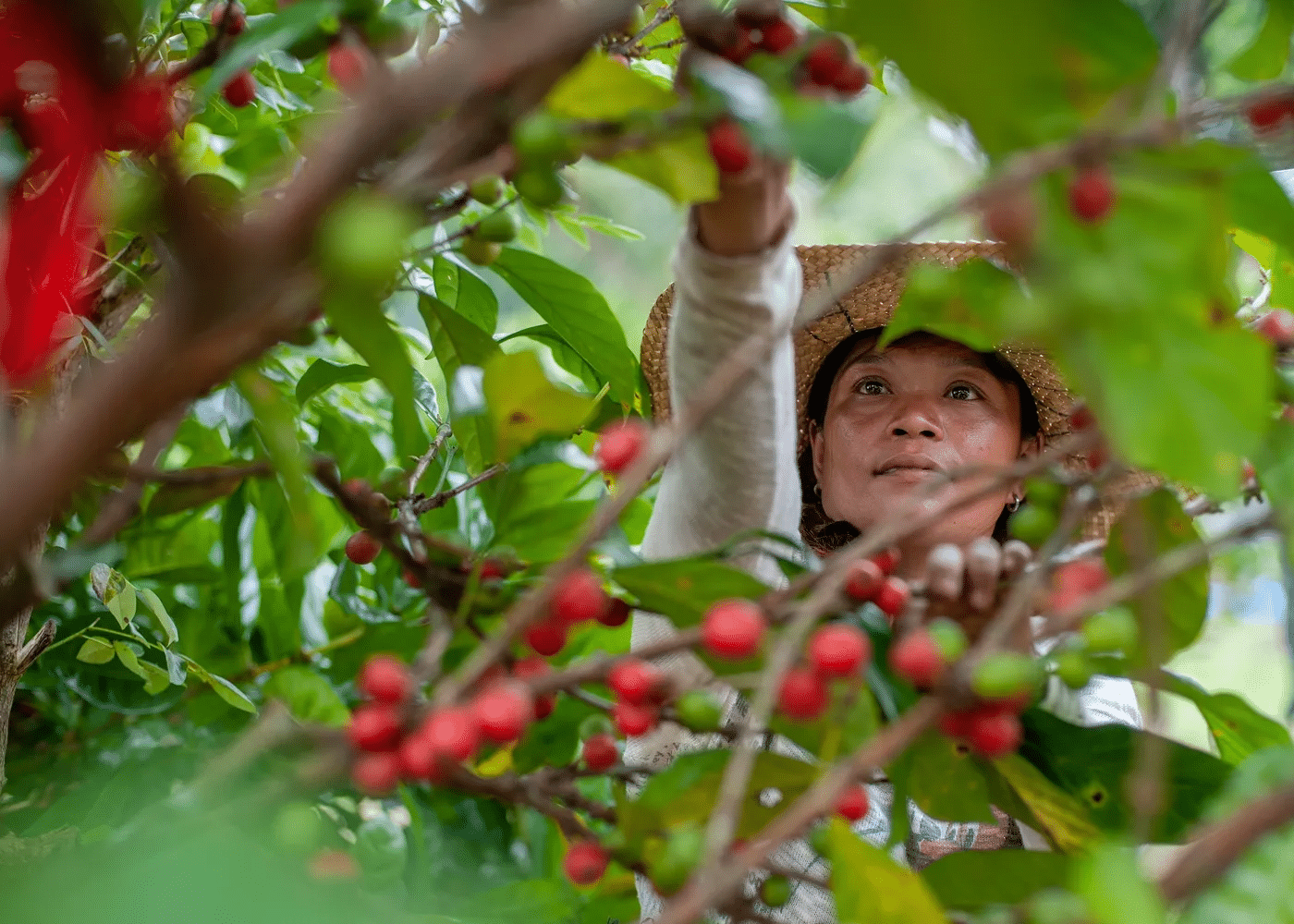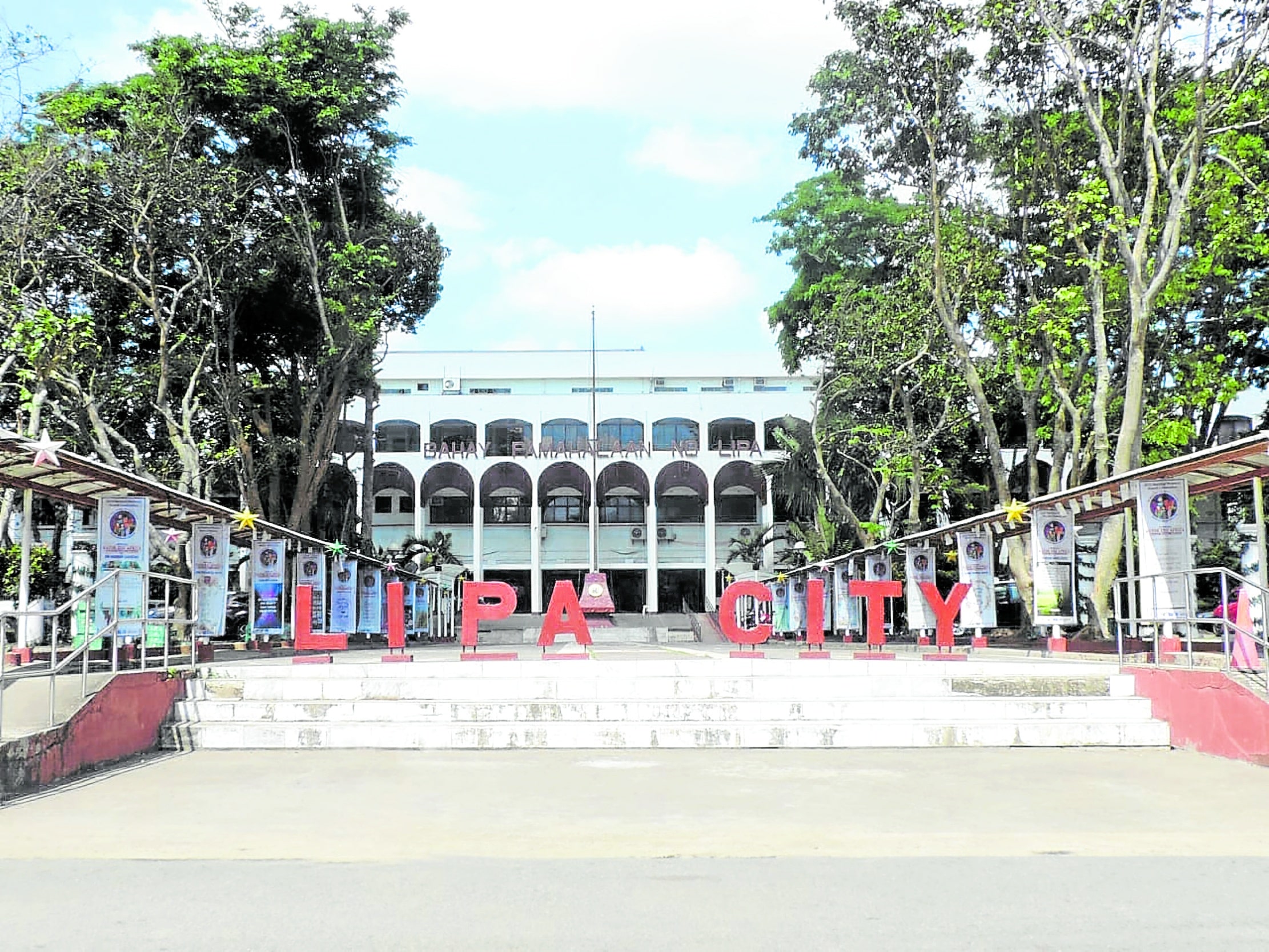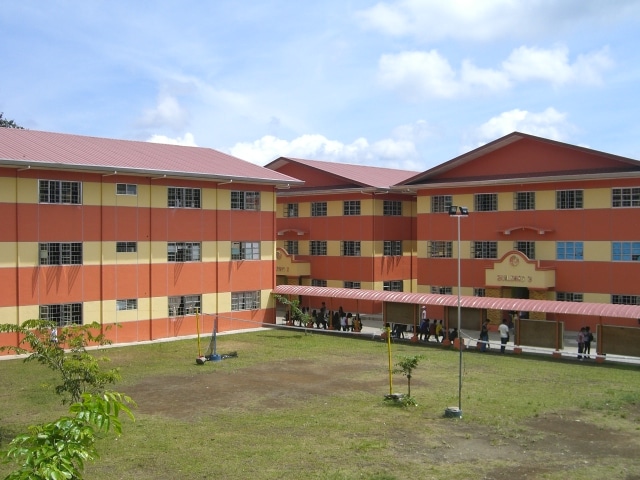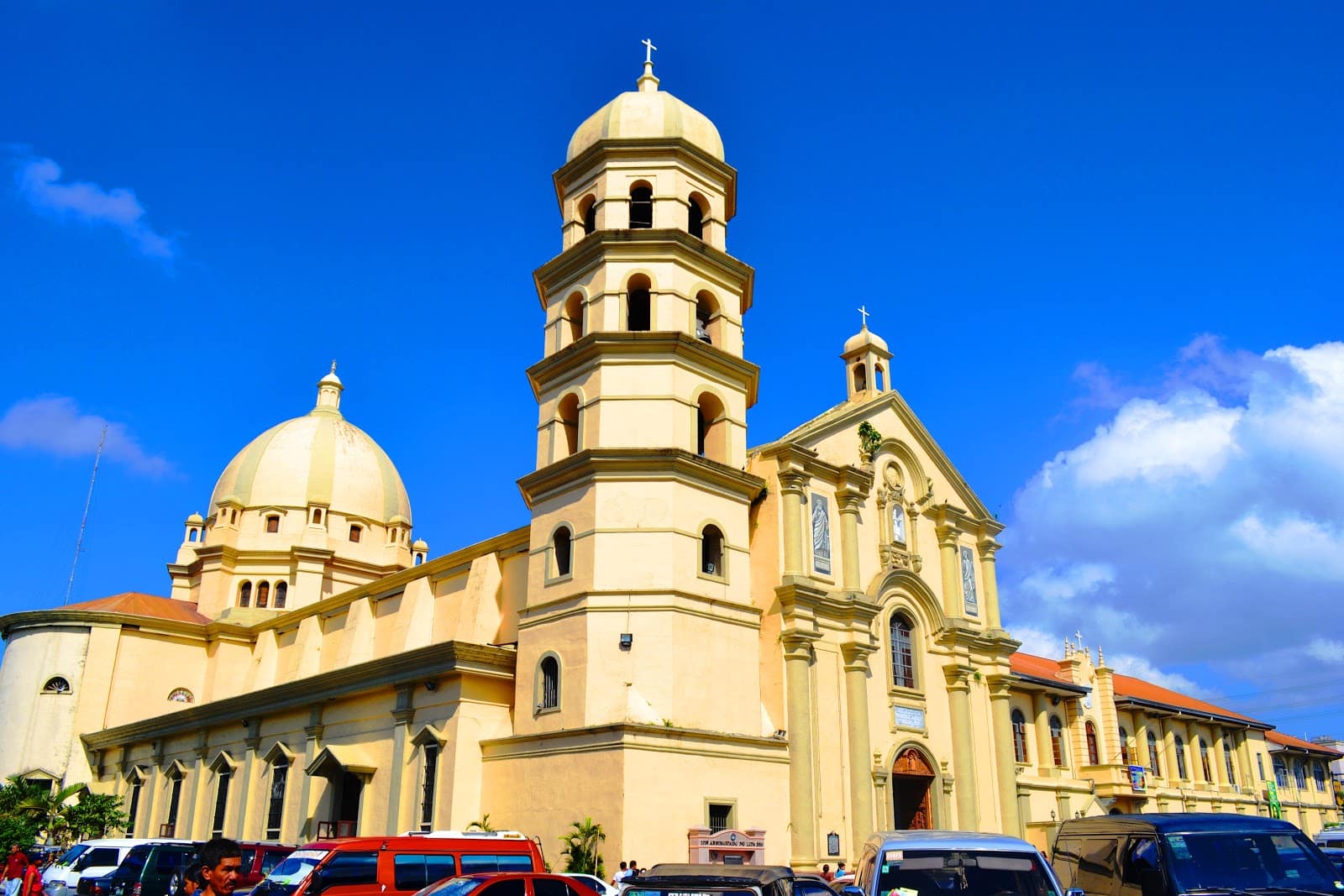From a flourishing coffee industry to a thriving, progressive city
Lipa is recognized today as a thriving and progressive city in Batangas—one of the provinces comprising Calabarzon Region.
Over the years, economic and infrastructure developments helped elevate the city while its local government also focused on preserving its rich heritage and encouraging investments and growth in the city.
Beginnings with coffee
A flourishing coffee industry made Lipa such a rich municipality that on Oct. 21, 1887, the Queen Regent Maria Christina of Spain elevated Lipa to a city known as “Villa de Lipa”. On Aug. 31, 1947, Lipa was inaugurated as a chartered city created under Republic Act No. 162.
Lipa’s urbanization began in the 1990s with the development of Batangas province and neighboring Cavite, Laguna, Rizal, and Quezon, collectively known as Calabarzon Region, into an industrial region.
New roads and highways were built, telecommunication and power facilities improved, banking and other commercial facilities sprouted. Population in Lipa City grew from 218,447 in 2000 to 372,931 in the 2020 Census.
Conducive investment climate
In 2022, the City of Lipa had 10,043 registered business establishments. According to the local government, there was a 42 percent increase in terms of the number of new companies being registered in the city, which showed that more investors were inclined to do business in Lipa.
For the same period, the city also had 231 registered industries, 318 financial institutions, and 44 major banks in the city. According to the Philippine Deposit Insurance Corp., Lipa City ranked third among Calabarzon cities and first in Batangas with the biggest amount of bank deposits as of December 2021. Lipa City also has the most number of banks in the province and second in the region.
Infrastructure
Infrastructure development has been a main catalyst in Lipa City’s growth as it helped attract businesses to the city.
Besides the national roads and expressways that service Batangas, main thoroughfares like the J.P. Laurel Highway and the C.M. Recto Avenue are a testament to the continuing progress in the city.
As of 2022, the City of Lipa has three major terminals namely SM Grand Terminal, Robinsons Terminal and another along the public market and city proper. According to the city government’s official website, there are a total of 90 public utility vehicle association systems in the city, excluding those inside the barangays.
Educational institutions
The proliferation of big schools along Barangay Tambo also proves the city’s attractiveness as a residential city.
Lipa is home to several reputable schools and educational institutions. As of 2022, there are 95 private schools and 86 public schools catering to the K-12 and tertiary academic requirements in the city. It also has its own state-run college, the Kolegio ng Lungsod ng Lipa, and six private and one public technical or vocational private schools.
Some universities have built campuses in Lipa City including the De La Salle Lipa, the Batangas State University Lipa campus, the University of Batangas-Lipa.
Vital industry
Agriculture also remains vital to Lipa’s economy despite its continuing urbanization and industrialization.
As of 2022, the total production area for corn and high value vegetables (bitter gourd, eggplant, hot pepper, string beans and lady finger) stood at 485.35 hectares, distributed across the rural communities. Majority of these areas are found at the northern portion of the city including adjacent barangays of Marawoy, Dagatan, Inosluban and Lumbang.
A total of 2,110 hectares of land were also devoted to a variety of fruits, spices, and root crops. Multi-cropping is predominantly practiced by farmers where fruit trees like rambutan, lanzones, cacao coffee (including the famous “ Kapeng Barako”), black pepper banana, root crops and other commodities are planted in between coconuts.
Agri-tourism and other related activities are also steadily increasing in the city given the Lipa City Agriculturist Office’s support for the growth and development of agriculture and fisheries.
Continuing efforts
The national and local government continue to elevate the city as a sustainable home to its residents and an attractive location for business ventures.
In July this year, the Department of Public Works and Highways in Calabarzon completed P72.3 million worth of multi-purpose facilities at the Lipa City Community Park, a hub for recreation and community activities.
In the same month, the city government also partnered with the Department of Science and Technology in Calabarzon to implement the Innovation, Science, and Technology for Accelerating Regional Technology-Based Development (iSTART) and Smart and Sustainable Communities (SSC) programs. These initiatives are seen to propel Lipa City towards becoming a smart city.
Sources: Inquirer Archives, lipa.gov.ph, Philippine News Agency, Philippine Statistics Authority, unhabitat.net,
